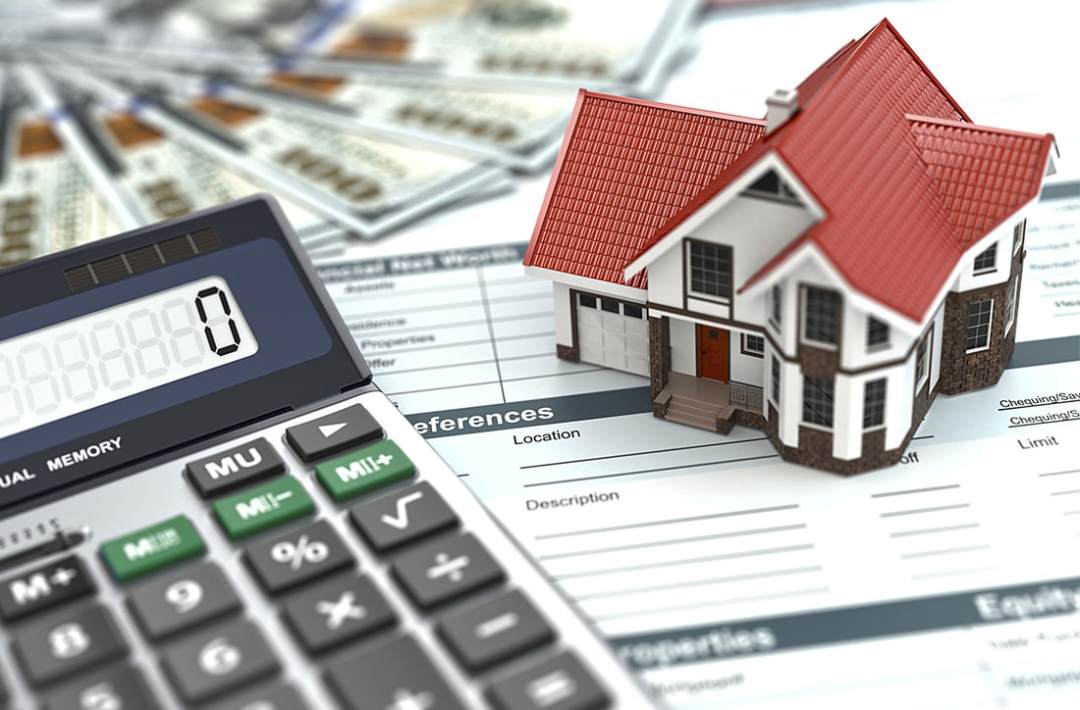No couple plans a house buyout with their spouse at the time of marriage. However, an unfortunate turn of events might lead to a crack in your relationship, and you eventually plan a divorce.
This is a tricky situation where you need to work with your ex-partner to figure out how to share your property. The issue intensifies if you’re not on friendly terms anymore. Click here to know how you can buy out your partner in a mortgage.
Live Enhanced explore will guide you through the nuances of how you can calculate the home buyout in case of a divorce.
What is a mortgage buyout, and how does it work?

source: maplesfamilylaw.com
In a mortgage buyout, one of the property’s co-owners pays the other partner’s share, thereby removing the latter from the property deed. As a result, the property value has to be calculated per the current market value.
Therefore, if you decide to buy out your partner and become the sole owner of the property, you need to pay for your partner’s share. When your spouse agrees to the deal, he or she would have to cede the rights of ownership to the property.
The entire process works only if the co-owner accepts the deal. Generally, a buyout might take place in two different ways:
- You can go for refinanced loans when you purchase the property from your partner. However, this demands a good credit. Your spouse will receive his or her share, and you would become the sole owner.
- Under the second arrangement, one of the divorcing spouses would trade the same amount of variables for his/her spouse’s share in the property. This would be a great way to save some money provided you have adequate equity.
However, estimating the property’s value for both these processes is crucial. This is a result of the property’s market value changing since the time you had purchased it together.
Determining your property value: How to go about it?

source: nerdwallet.com
Firstly, it’s necessary to find out how much equity your spouse has. Start the process by hiring a professional property appraiser to estimate the value as fair market price.
You can also consult with a lawyer to be doubly sure. Besides, several online property value calculators in Canada will help you zero in on the estimated value of the home equity.
Next, simply subtract the money you owe to the creditor from the property’s value. This value now has to be divided by two, determining the equity each of you has in the property.
Suppose the appraised property value is $400,000 and you owe $200,000 to the bank. So, the aggregate equity for both spouses would be $200,000. In this case, each of you would have $100,000 as of the equity share.
To find out the amount you need to shell out to own the property solely, add your spouse’s equity to the amount you presently owe to the bank. Therefore, you need to pay $300,000 ($200,000+$100,000) to purchase your spouse’s equity.
What other expenses do you need to consider?

source: thelindleyteam.com
In addition to the expenses evident in the calculation above, you still need to consider some additional costs. These include:
1. Broker’s fee
You’ll have to pay up as much as 50 percent as the standard broker’s fee–a broker is almost always part of the sales equation when the property finally sells on the market.
However, not all provinces follow this norm, but you still may have to pay a closing cost. When you reach out to a mortgage specialist, you’ll get proper guidance on the broker’s fee.
Additionally, consult a reputed real estate agent or the divorce attorney to gain a transparent idea about the closing cost.
2. Deferred maintenance
There might be work on the property that you’re trying to put off at times. In such situations, the purchasing spouse may persuade the co-owner to reduce the buyout price to a certain extent.
Similarly, if the selling co-owner owes some money to the purchasing spouse, reducing the sale price can help them better manage the debt.
3. Support considerations
Sometimes, the selling co-owner will agree to lower the buying price. This way, he would be avoiding the payment for spousal support.
Therefore, if the supporting spouse purchases the share of the paying spouse for the property and continues residing there with kids, the supported co-owner might decide to give up the bridal support.
However, the paying co-owner needs to sell off the interest for a lower value than the market price and take care of the tax implications of spousal support.
4. Refinancing issues

source: pinterest.com
Most situations see a buyout take place together with the mortgage loan refinancing for the property. The purchasing co-owner generally applies for this fresh mortgage loan only in the spouse’s name.
Therefore, the purchasing co-owner would claim a large chunk of the loan such that the previous loan can be cleared. Next, the remaining amount can be utilized by him/her during the buyout to clear the owed amount to the selling spouse.
Endnote
The fallout of a divorce is never simple, especially taking children and custody into account. Most courts would allow the parent with the childrens’ custody to reside at the property, and they need not buy out the other co-owner. The latter can then pay for certain expenses of the property as a form of child support.
You need to consult this with your lawyer and enter into an agreement with your ex-spouse. The process would become a lot harder for you if you didn’t have custody of the kids. It may take you months or even years before you can purchase the house and sell it off.
In a nutshell, calculating house buyout in a divorce is easy, but the overall process is quite complicated. Therefore, it’s best you seek refuge under experts who’ll guide you through each and every step.





